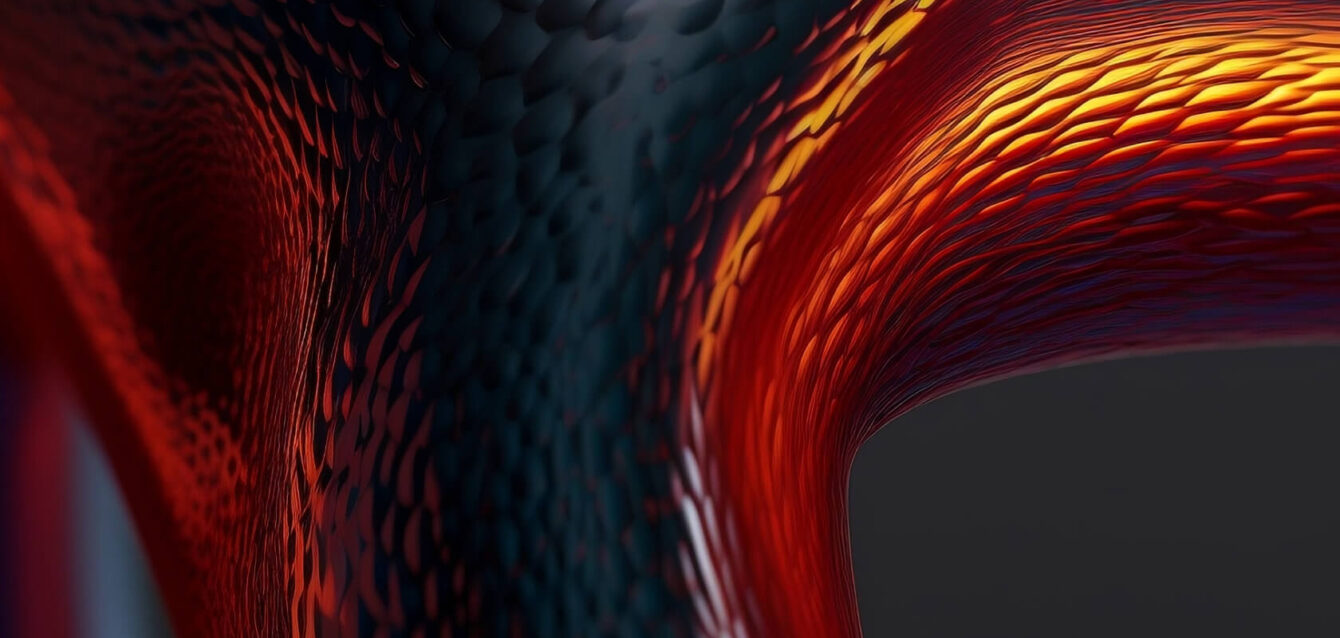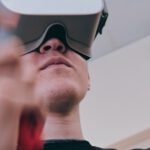Exploring Deep Learning: Unleashing the Power of Neural Networks
Imagine a system that learns to recognize faces without explicit instructions on what a nose or an eyebrow looks like. This is the essence of deep learning: a method allowing computers to identify patterns by “studying” vast amounts of data. Once dismissed as an overhyped buzzword, deep learning has solidified its place at the core of artificial intelligence. As Andrew Ng—co-founder of Coursera and former head of AI at Google—succinctly put it:
“Deep learning is at the heart of the AI renaissance.”
A Brief Origin Story
Neural networks, the backbone of deep learning, trace their conceptual roots to the 1940s, inspired by the structure of the human brain. Early models were modest in size and limited by computational power. The turning point arrived when researchers like Geoffrey Hinton, Yoshua Bengio, and Yann LeCun discovered that stacking multiple layers of artificial neurons—hence “deep” learning—could boost accuracy in tasks like object recognition, language translation, and speech processing.
“Our intuition about the world is different from that of the neural net, which in many ways is its strength,”Hinton observed, highlighting how machine-driven insights can surprise even seasoned researchers.
The Magic Behind the Layers
Deep learning models essentially learn representations of data at multiple levels of abstraction. In image recognition:
- Early layers might detect edges or simple shapes.
- Deeper layers identify complex features like eyes or feathers.
- Final layers make a judgment—whether an image contains a cat, a car, or something else entirely.
With enough labeled data and computational horsepower (like GPUs), these systems can exceed human-level performance in image classification, speech recognition, and more.
Real-World Triumphs
- Healthcare: Deep networks now assist radiologists by spotting tumors in mammograms with remarkable sensitivity.
- Autonomous Vehicles: Self-driving cars rely on neural nets to interpret surroundings, from road signs to pedestrians.
- Natural Language Processing (NLP): Large language models, built on deep neural architectures, power advanced chatbots, sentiment analysis tools, and real-time translation.
Fei-Fei Li, a visionary in computer vision, once remarked:
“I think computers are going to be extremely good at imaging and recognition tasks.”
Her foresight is embodied in today’s deep learning applications that excel in tasks once considered uniquely human.
Challenges and Considerations
Despite its successes, deep learning faces obstacles. Models can be data-hungry, requiring extensive, high-quality datasets. They can also be computationally intensive, limiting their use in low-power devices or areas with sparse connectivity. Moreover, the question of explainability—why a neural network arrives at a particular decision—remains partially unanswered. As AI systems become more widespread, researchers and policymakers alike grapple with questions around transparency, fairness, and ethical use.
Looking to the Horizon
The future of deep learning lies in addressing these challenges head-on. Researchers are exploring techniques like transfer learning—training networks with smaller datasets—and federated learning, which uses decentralized data to preserve privacy. Coupled with advances in specialized hardware, deep learning continues to reshape industries at an accelerating pace.
Ultimately, the promise of deep learning is not to replace human intelligence, but to amplify it. By automating routine tasks and unveiling novel insights from massive data streams, we stand to benefit from more accurate medical diagnoses, safer modes of transportation, and more natural human-computer interactions. And that’s just the tip of the iceberg in this ongoing AI renaissance.
“Our intuition about the world is different from that of the neural net, which in many ways is its strength.” — Geoffrey Hinton
This quote captures deep learning’s essence: machines, unconstrained by human preconceptions, can shed new light on old problems. As we continue to refine neural networks and explore their potential, we’re likely to witness breakthroughs that redefine our world in ways we can only begin to imagine.






